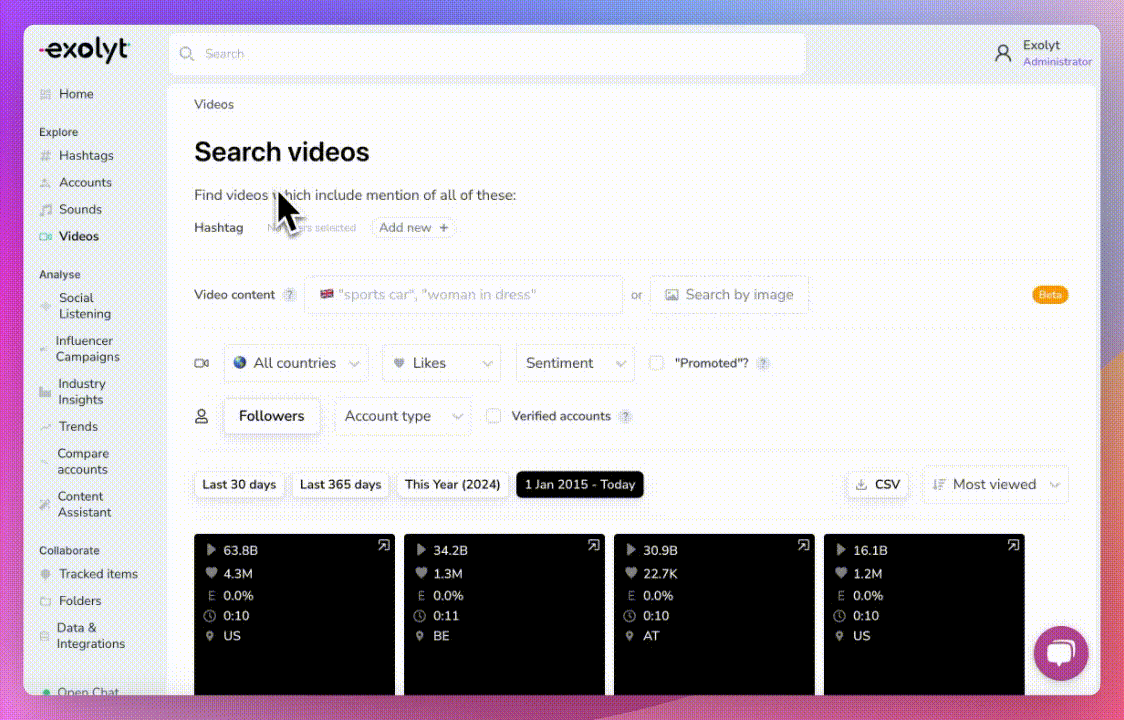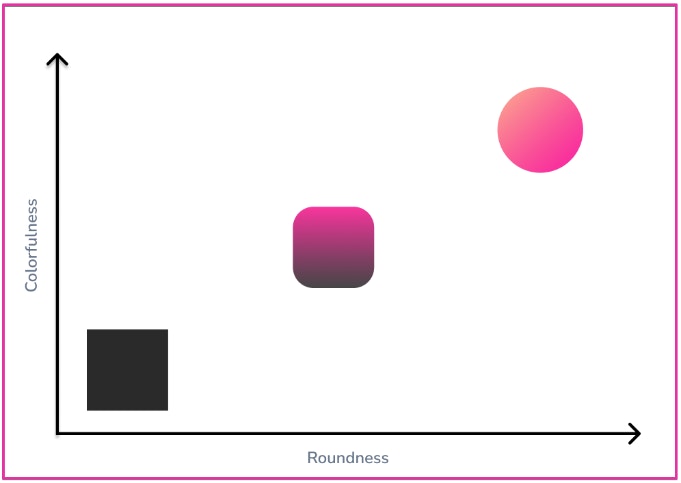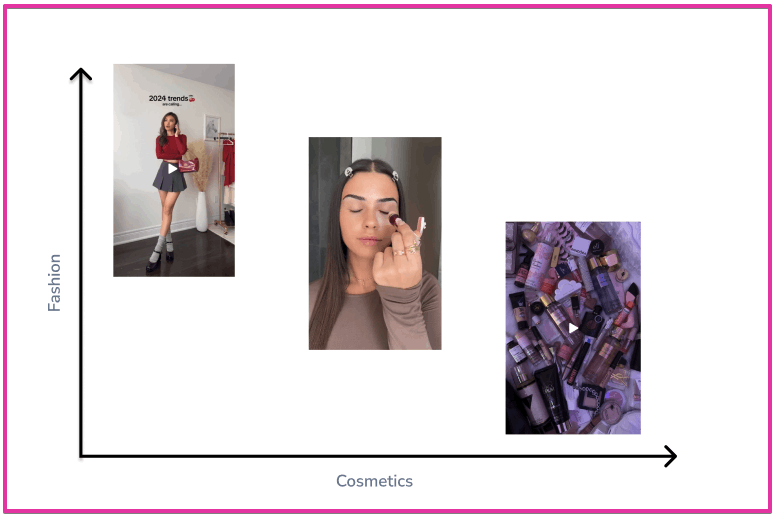As the digital realm continues to evolve, the traditional requirements for video analytics no longer suffice. Now, more than ever, businesses demand sophisticated tools that can easily sift through vast amounts of video content.
In this blog, we delve into the transformative importance of video search and the indispensable role of image and text analysis in deciphering the intricacies of modern media consumption.
Join us as we unveil why Exolyt’s AI Video Search is not just an additional feature but a necessity in today's dynamic digital landscape.
Why is this approach to social video search necessary?
With the exponential growth of video content across social media platforms, businesses require advanced tools to efficiently capture, analyze, reveal, and democratize meaningful insights.
However, we often get caught up in quantitative metrics, focusing solely on metadata like hashtags, engagement rates, and audience size, and overlook the content itself!
Only by understanding the content of a social video can we truly recognize trends and nuances, what people are doing and saying, and what user behaviour looks like. The content can potentially reveal deeper social listening qualitative insights that can be formulated into quality findings.
Most common approach to social video search:
Many video platforms today, including Exolyt, use tag-based search to find videos. In tag-based search systems, users categorize videos using specific tags or keywords that help platforms understand what is happening inside the video.
- When users search keywords that exactly match these tags, relevant content is returned. For instance, if a user searches for “quick tutorial for moonwalk dance,” tag-based search systems would return videos with tags like “quick,” “tutorial,” “moonwalk,” and “dance."
While straightforward, this method often fails to deliver comprehensive results, especially when users employ long-tail detailed keywords and phrase-like queries that do not necessarily align word-for-word with predefined tags.
- With reference to the example above, a video titled “Learn Michael Jackson's Iconic Moves in 5 Minutes” would not be returned since it would have zero overlap with the user’s search query.
- Additionally, users often search for keywords that might not be related to the video's main topic. For instance, if a user searches for a “performer wearing a black hat,” a video on Michael Jackson might never be returned because it is unlikely to mention “performer wearing a black hat” anywhere in its metadata.
Common user attributes:
- Many content creators might not tag or mention your brand or products, but they continue to use them and share interesting feedback by just featuring them.
- Many TikTok’ers tend to use hashtags and captions less and less. However, their videos still showcase something important which is easy to miss.
These issues, among many others, demand improved search capabilities. So, we want to open that window for you at scale with a semantic video search tool.
What is Exolyt’s AI Video Search?
Exolyt’s new AI Video Search attempts to solve exactly this problem stated above and make content easily discoverable.
Instead of tag-based search, we use machine learning and artificial intelligence to analyse frames within the video, extract their contents, and make them accessible for text-based search.

Exolyt’s video search moves beyond hashtag and caption search to semantic analysis which will be able to capture all videos that are missed.
Its results are extensive, covering videos that show your products on the screen despite being untagged. You can also find mentions in the text on screen related to your search and more to help you aggregate video content most relevant to your needs.
How does this work?
Exolyt uses cutting-edge machine learning to convert videos into high-dimensional vectors. These vectors try to capture the most distinct features of the videos, and based on these features, we create a coordinate system where each video has its own unique place.
That’s how we uncover content lost in the fog of e-commerce and entertainment by capturing the most relevant videos for your needs.
Here is a simple example using simple shapes and colours -
Suppose we had these tree shapes and had to describe their differences and similarities effectively.

We can see that shapes have two distinct properties: roundness and colour. We could create a “coordinate” system where “roundness” and “colour” are the dimensions and place these shapes in that coordinate system like this:

The further right you go, the roundness of the shapes increases, and the further up you go, the more colourful the shapes become.
Our content search operates on the same fundamental principles however, instead of shapes, we use videos, and instead of ”roundness” and “colourfulness,” we use more content-specific features.
Here is an oversimplified example of how the method can be visualized in the context of the videos -
We can imagine that one dimension measures the video’s “cosmetic”-ness while the other measures its “fashion”-ness, and we can use these dimensions to map the videos and measure how far they are from each other.

Bear in mind that this example uses only two very simple dimensions. In reality, our methodology uses extremely high dimensional spaces and very abstract vectors. This allows us to relate all videos to each other in a very detailed manner and empowers our users to conduct high-precision content searches.
Benefits of using Exolyt’s AI Video Search
As mentioned before, there is an increasing need to capture videos that are missed because of limited search potential that doesn’t analyze the video content holistically.
Exolyt’s AI Video Search solves this problem with its capability to search large volumes of TikTok content quickly, which is important for companies studying user and social behaviour, frame by frame, blending content specifics with performance metrics. Additionally:
- Searching and viewing a wide array of content relevant to your business helps you better understand what types of videos gain traction and promote content strategies that align with your audience's interests and behaviors.
- Content search enables brands to identify influencers whose content aligns with their values and marketing goals. This makes it easier to forge authentic partnerships likely to resonate with both the influencer’s and the brand’s audiences.
- Brands can use content search to track where and how they are mentioned across various TikTok videos. This capability is crucial for managing brand reputation, responding to customer feedback, and engaging with the community on time.
- AI Video Search also allows users to find videos that match the same textual search description. This might enable companies to discover broader aesthetic, cultural, and semantic trends ahead of everyone else. For example, brands can search for "clean girl aesthetic," "old money aesthetic," or "big US trucks" and see videos that roughly match that topic to detect cultural or visual trends across the platform.
*This feature is currently in Alpha, and we are continuously improving it behind the scenes. So, if you are a customer, please feel free to share your feedback!

